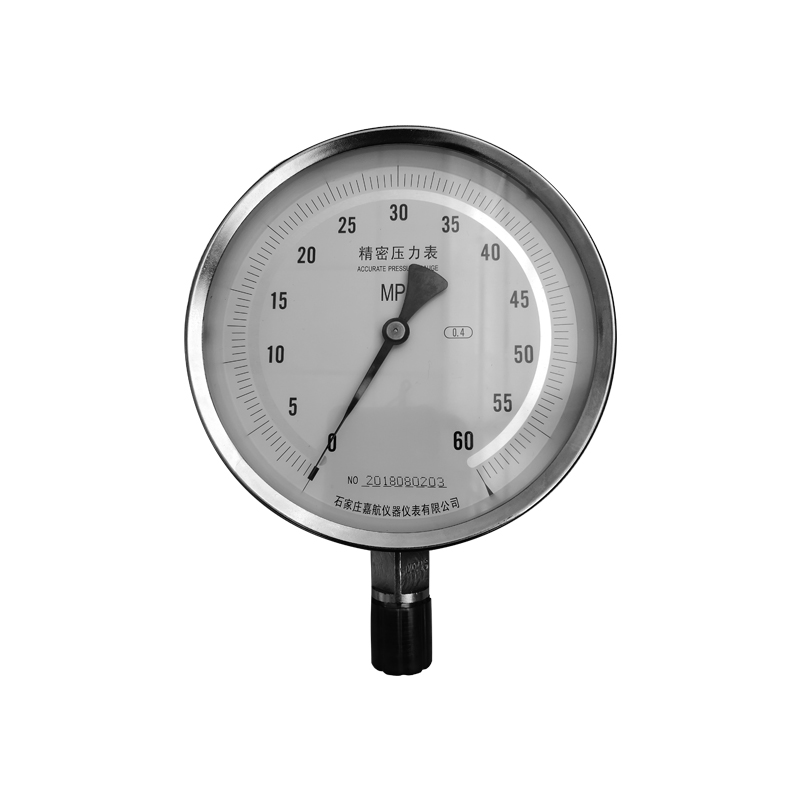
11 月 . 09, 2024 13:28 Back to list
Understanding Dry Chemical Fire Extinguisher Pressure Gauge for Effective Safety Measures
Understanding the Pressure Gauge of Dry Chemical Fire Extinguishers Importance, Usage, and Maintenance
Fire safety is of utmost importance in any setting, whether it be a residential home, an office, or an industrial space. Among the various safety measures, fire extinguishers play a crucial role in combating small fires before they escalate into larger, uncontrollable disasters. One of the most commonly used types of fire extinguishers is the dry chemical fire extinguisher. A significant feature of these extinguishers is their pressure gauge, which provides vital information regarding their readiness for use. This article will explore the importance of the pressure gauge on dry chemical fire extinguishers, its operational mechanics, and best practices for maintenance.
The Importance of Pressure Gauges
The pressure gauge is a critical component of dry chemical fire extinguishers as it indicates whether the extinguisher is adequately charged and ready for action. A typical pressure gauge will display a color-coded indicator green, which indicates that the extinguisher is in good working condition; red, indicating that it is undercharged or overcharged; and yellow, signifying that the extinguisher requires attention. Knowing how to read this gauge is essential for ensuring safety.
In emergency situations, every second counts, and a functioning fire extinguisher can significantly impact the outcome of a fire. If an extinguisher is not pressurized correctly, it may fail to operate during a critical moment, which could lead to severe consequences, including property damage or loss of life. Thus, routine checks of the pressure gauge are necessary to ensure that the extinguisher remains functional when needed.
How Pressure Gauges Work
The pressure gauge on a dry chemical fire extinguisher operates on a simple yet effective principle. When the extinguisher is filled with its extinguishing agent—commonly a dry chemical such as ammonium phosphate—nitrogen or air is typically used to pressurize the contents. The pressure gauge is attached to the tank and measures the internal pressure created by this gas. When the extinguisher is activated, the pressurized gas forces the dry chemical out through the nozzle.
Because the pressure within the extinguisher can change with temperature variations and usage, it’s essential to monitor the gauge regularly
. High temperatures may cause an increase in pressure, while low temperatures can lead to a decrease in pressure, making it critical for users to understand how environmental factors can affect their firefighting equipment.dry chemical fire extinguisher pressure gauge factory

Best Practices for Maintenance
1. Regular Inspections It is recommended to conduct a visual inspection of fire extinguishers at least once a month. Check the pressure gauge and ensure it is in the green zone. Make note of any discrepancies, such as signs of physical damage, corrosion, or leakage.
2. Annual Professional Inspections In addition to monthly checks, a professional inspection should occur once a year to ensure the mechanical integrity of the extinguisher. This process often includes recharging and servicing the unit, ensuring that it meets regulatory standards.
3. Proper Placement Ensure that fire extinguishers are easily accessible and correctly located within the premises. They should be mounted on walls in visible locations, away from hazards, and clearly marked.
4. Training Educate all personnel about how to use a dry chemical fire extinguisher and the importance of checking the pressure gauge regularly. Understanding how to operate the extinguisher safely and effectively increases the chances of successful fire suppression.
5. Replacement Schedule Most fire extinguishers have a lifespan of 5 to 15 years, depending on the type and manufacturer recommendations. It is crucial to be aware of the expiration date and to replace extinguishers that are outdated or have compromised integrity.
Conclusion
In summary, the pressure gauge of a dry chemical fire extinguisher is not merely a technical feature; it is an essential indicator of safety. Regular monitoring, proper maintenance, and understanding the operation of the pressure gauge can aid in preventing potentially catastrophic fire situations. By ensuring that fire extinguishers are always in working condition through diligent checks and professional servicing, individuals and organizations can enhance their fire safety protocols and be better prepared to respond effectively in emergencies. Prioritizing fire extinguisher maintenance ultimately contributes to the overall safety and well-being of everyone in the vicinity.
-
High-Precision 5 Valve Manifold Differential Pressure Gauge Suppliers
NewsApr.29,2025
-
High-Precision Diaphragm Vacuum Pressure Gauges Manufacturers & Quotes
NewsApr.29,2025
-
Omega Differential Pressure Gauges High Accuracy & Durability
NewsApr.28,2025
-
Low Pressure Differential Pressure Gauges Precision Solutions & Quotes
NewsApr.28,2025
-
Digital Diaphragm Pressure Gaauge Precision Measurement & OEM Quotes
NewsApr.28,2025
-
Differential Pressure Gauge China Price High-Accuracy & Best Quotes
NewsApr.28,2025
